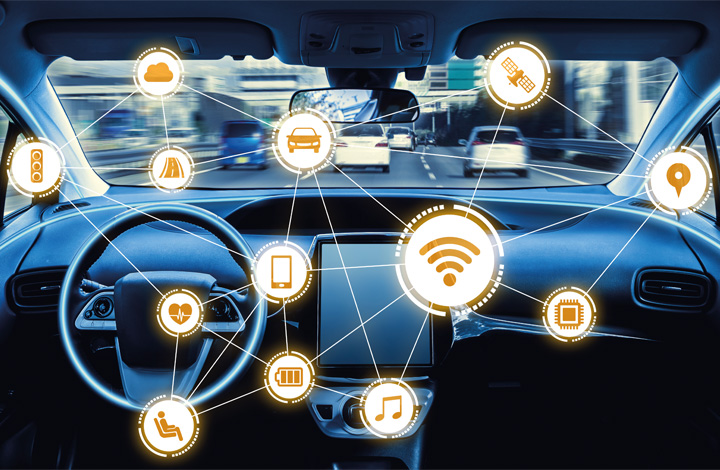
Automated driving in the city will make new forms of interaction between humans and vehicles necessary. While in the past the focus was on interaction between the driver and the vehicle (using display and operating elements) and other road users (using gestures, hand signals etc.) in future the vehicle will communicate with persons in its environment of its own accord. The information transmitted over a range of channels must be consistently appropriate to the situation, comprehensible and unambiguous – one of the key challenges facing subproject 4 within @CITY.












